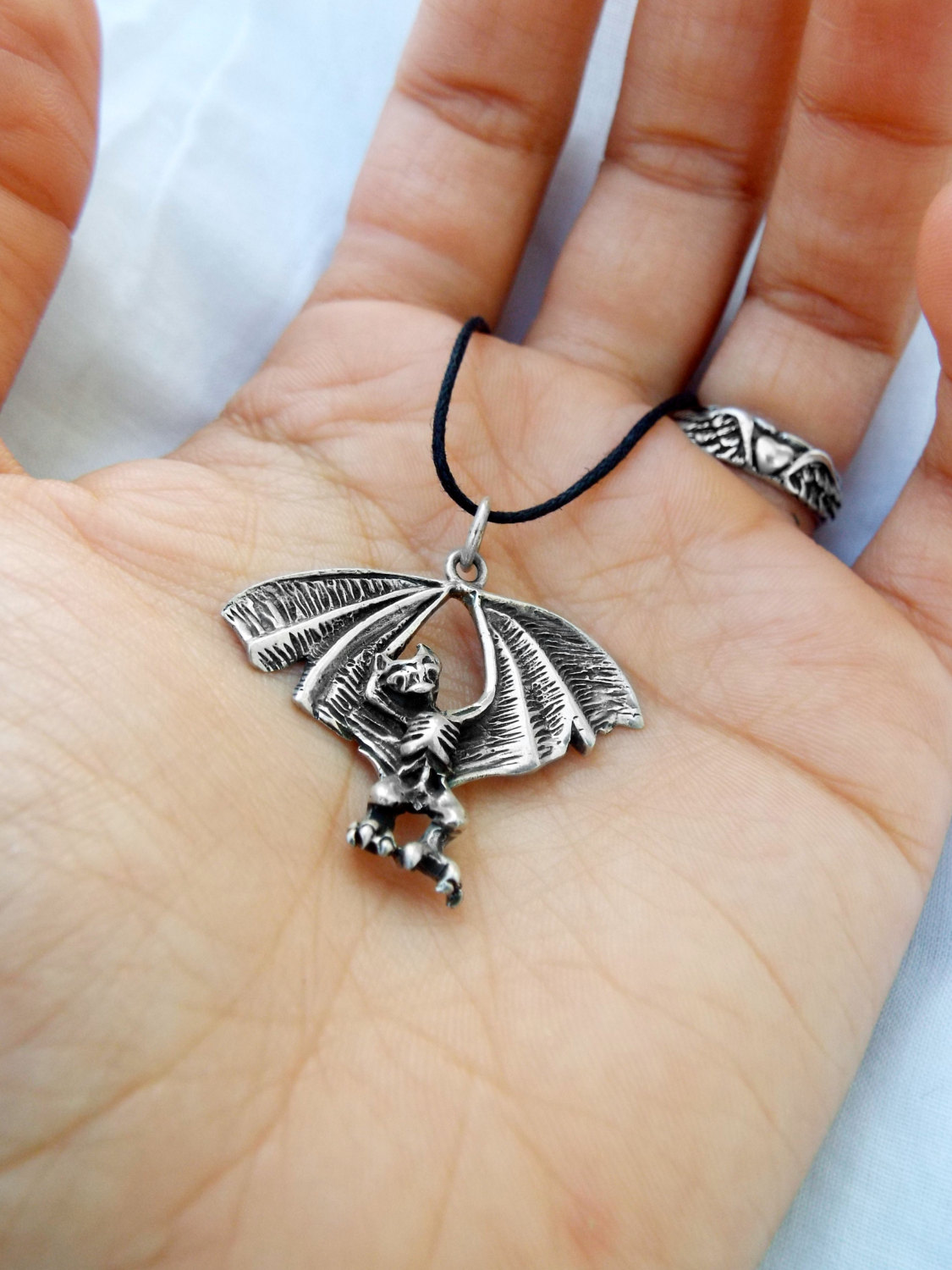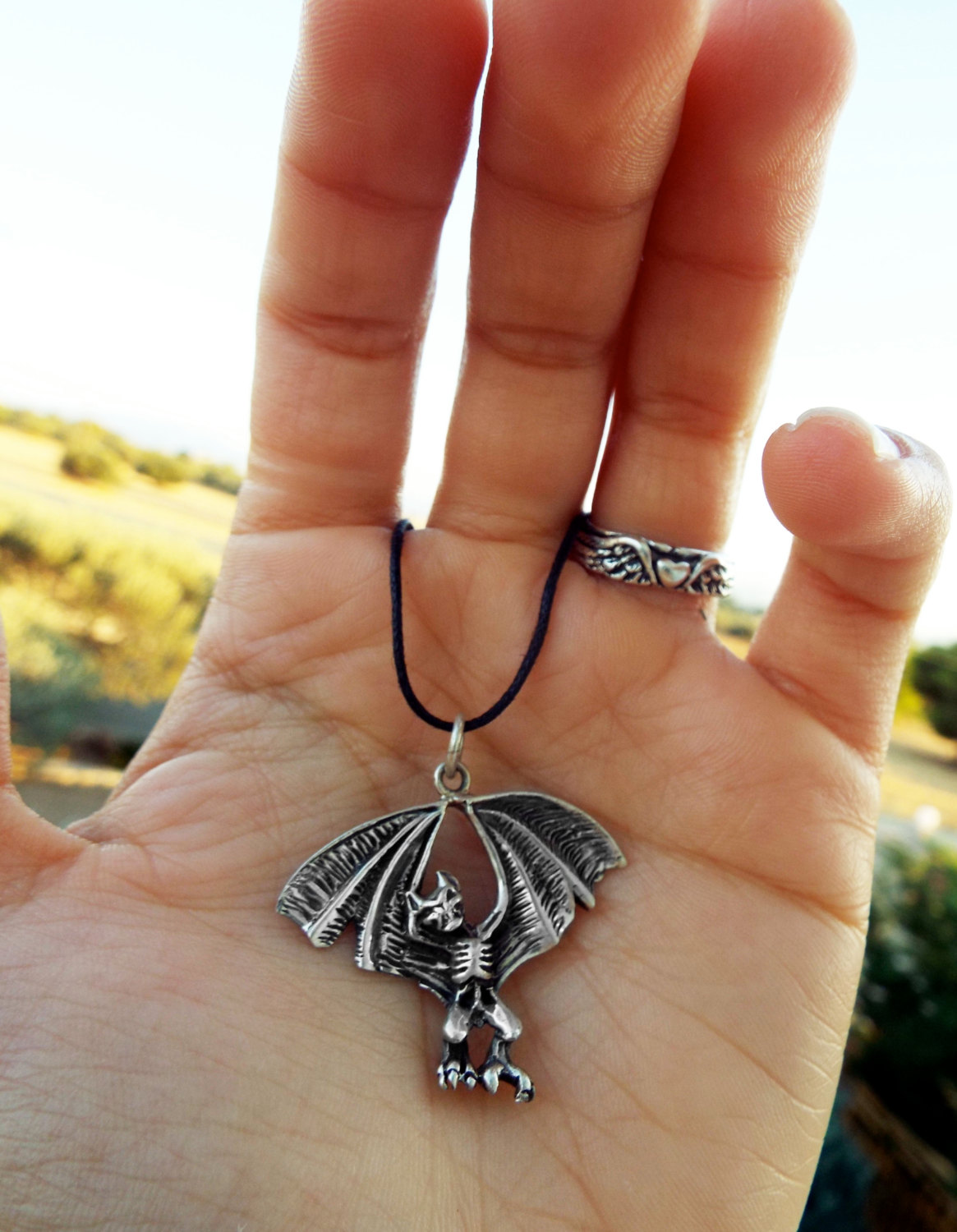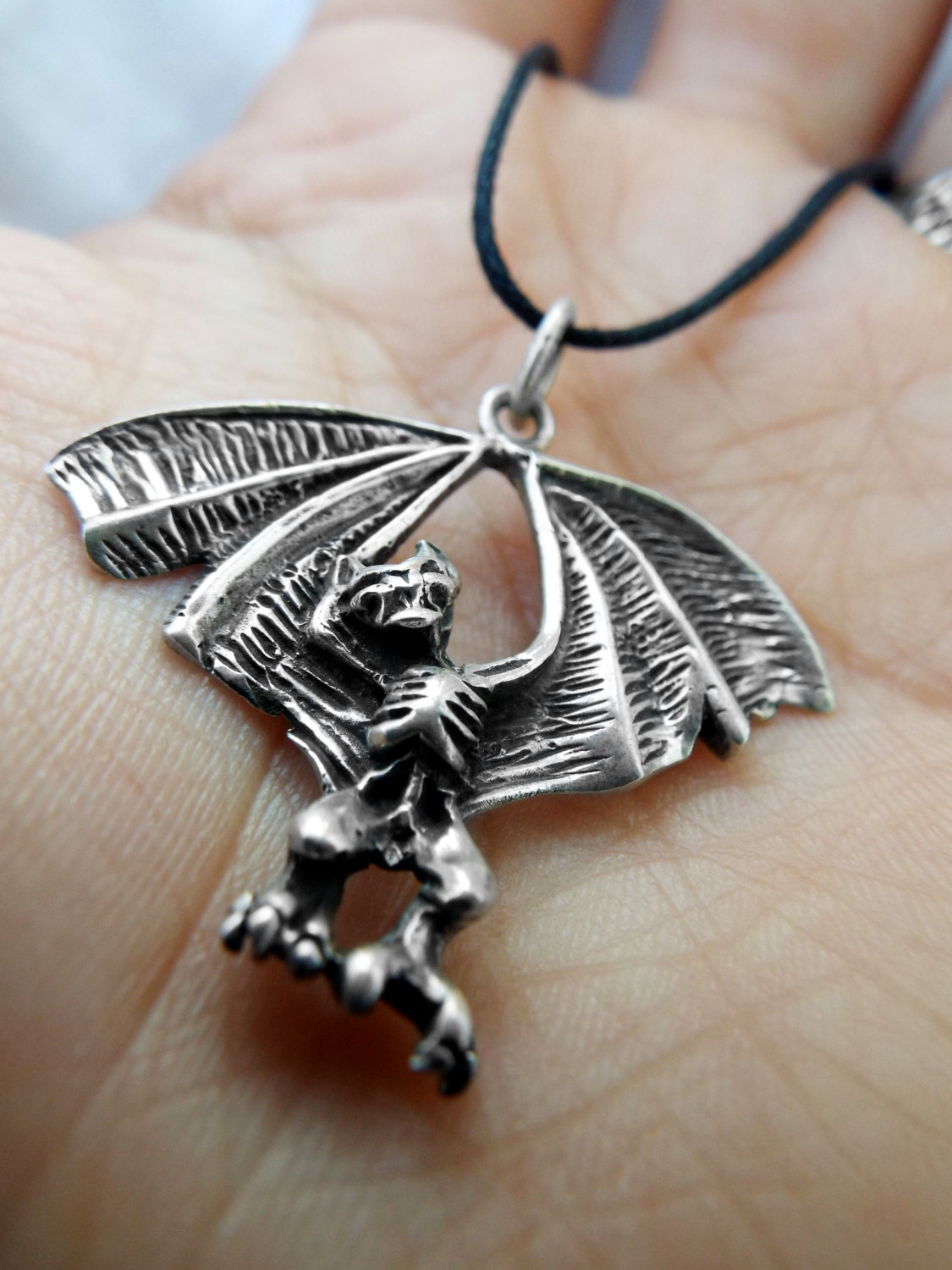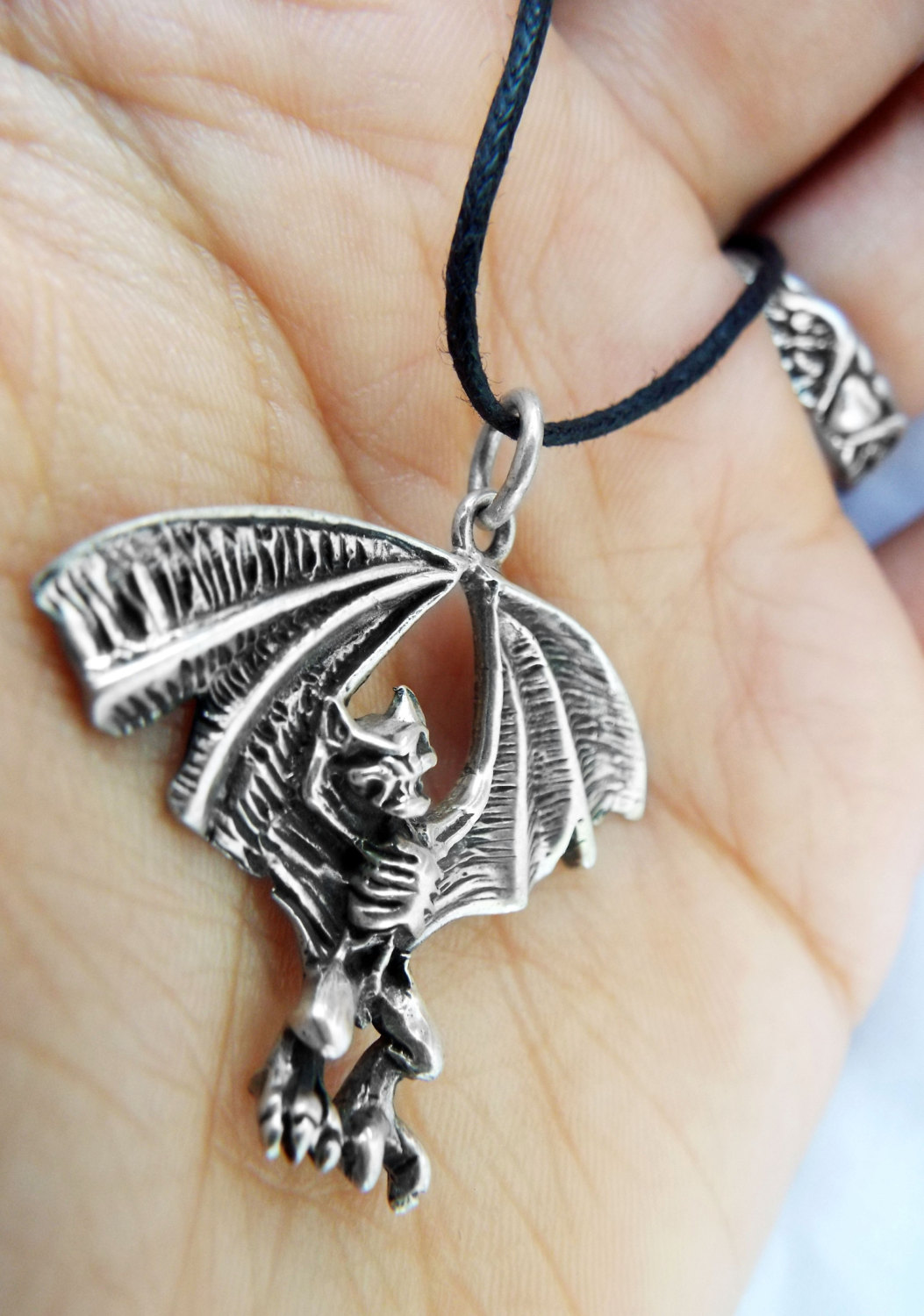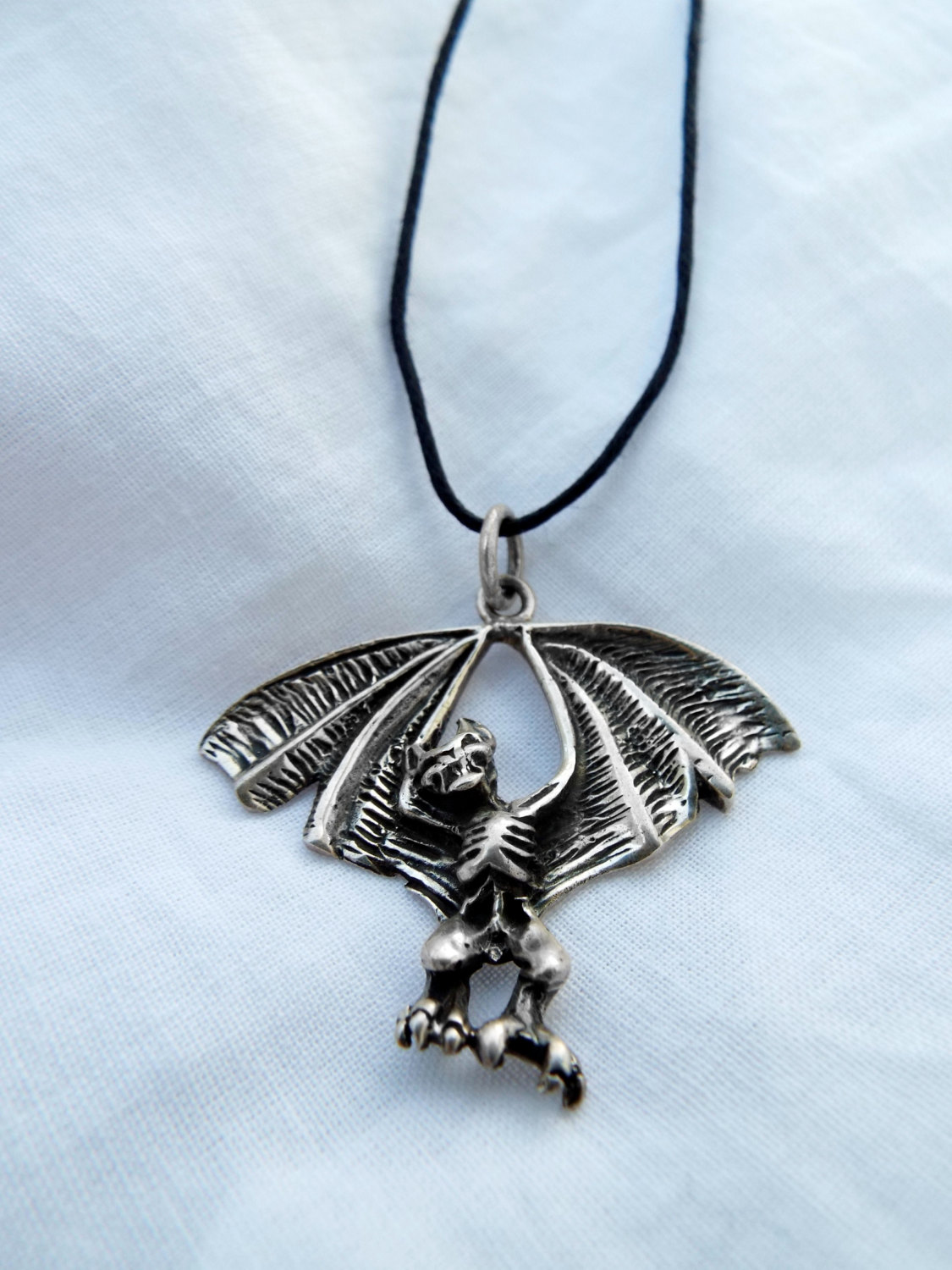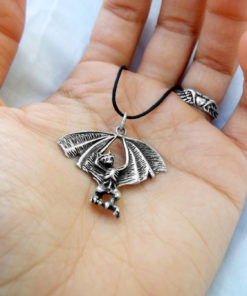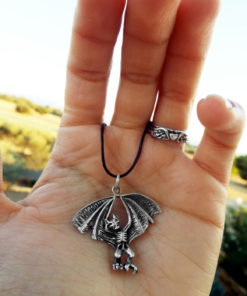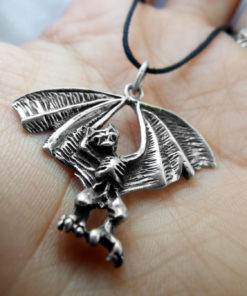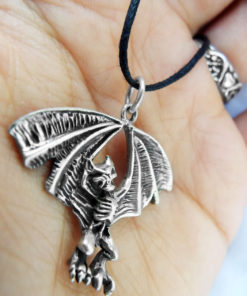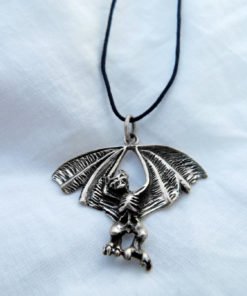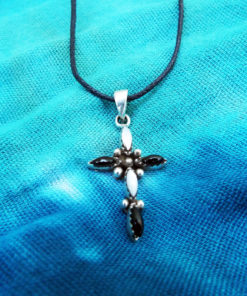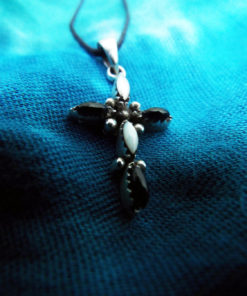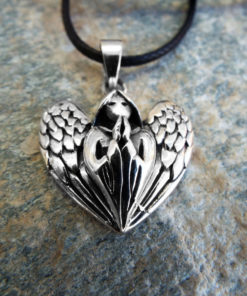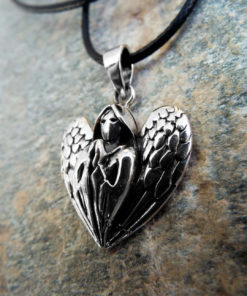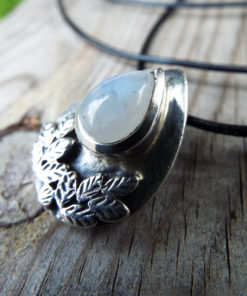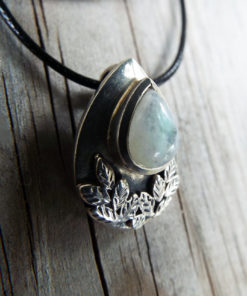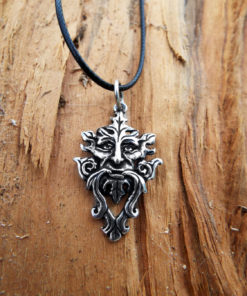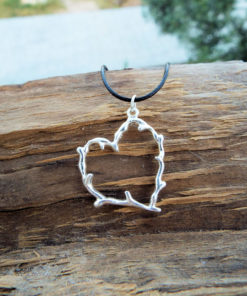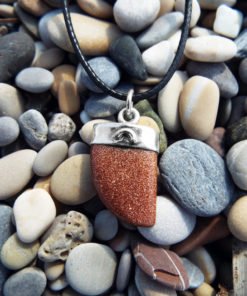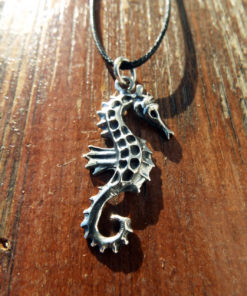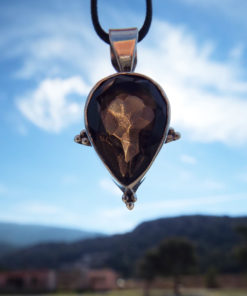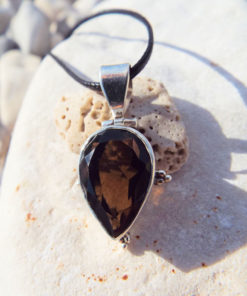Let me tell you a little story about gargoyles, bats and vampires. . .
Gargoyles are traditionally thought to be created during the medieval period, but examples have been found in ancient civilizations as well. Gargoyles were placed on the roofs of Egyptian temples where their mouths served as a spout for water. Similar pieces were also seen on Greek temples, though the figures were often carved into the shape of lions and other ferocious animals.
The name gargoyle is often attributed to St. Romanus, or Romain. According to legend, he saved his country from a monster by the name of Goji, sometimes called Gargouille. Supposedly the monster was so scary looking that it frightened off evil spirits. This led to some calling the monster a protector and placing similar carved pieces on churches and other important buildings.
Gargoyles were viewed two ways by the church throughout history. Often gargoyles were used to assist the Church in conveying messages to the common people. Due to literacy being uncommon, images were the best way to constantly convey ideas. Gargoyles were used as a representation of evil. It is thought that they were used to scare people into coming to church, reminding them that the end of days is near. It is also thought that their presence assured congregants that evil is kept outside of the church's walls. However, some medieval clergy viewed gargoyles as a form of idolatry.
The Native American animal symbolism of the bat comes from a keen observation of this magnificent animal. These people recognized that the bat was highly sensitive to their surroundings and so therefore was considered a symbol of intuition, dreaming and vision. This made the bat a powerful symbol for Native American shamans and medicine people. Often the spirit of the bat would be invoked when special energy was needed, like "night-sight" which is the ability to see through illusion or ambiguity and dive straight to the truth of matters.
It is a symbol of communication because the Native Americans observed the bat to be a highly social creature. Indeed, the bat has strong family ties. They are very nurturing, exhibiting verbal communication, touching, and sensitivity to members of their group.
The vampire myth has appeared over the centuries in almost every culture, beginning with the earliest recorded epic from Babylonia, about 2000 years B.C. Although there are cultural variations in the various legends, there is always one defining trait of a vampire: a vampire sucks blood. It consumes another to sustain it's own life.
Blood stands for life, and blood is also the archetypal symbol of the soul (life energy) . Therefore blood is a central symbol in many religions, including the Christian. The central image of all vampire lore is blood.
The image of the vampire is dark. Like an insatiable void, vampires consume another person and suck away their life energy. The vampire story has been a prime carrier of horror, but a remarkable aspect of this horror is the vampire's lack of violence, and except for some of Hollywood's versions, commonly a lack of overt sex. James Twitchell, in his book on incest writes of the vampire, "I cannot think of any other monster-molester in our culture who does such terrible things to young victims in such a gentlemanly manner. He is always polite and deferential, and his victim is almost always passive in return." The violence in vampire movies is committed by the good people, via their horrifyingly, brutal destruction of the vampire.
However you depict this gothic-themed handmade pendant, embrace your dark side with it! 🙂 It's made of sterling 925 silver and etched detail has been carved to form a dark creature with intricate bat-wings. The measurements are as follows:
4cm long
4.1 cm wide
The piece will be sent with an adjustable black cotton strap, but it also looks great with a silver chain.
If you have any questions feel free to ask!
Happy buying 🙂





